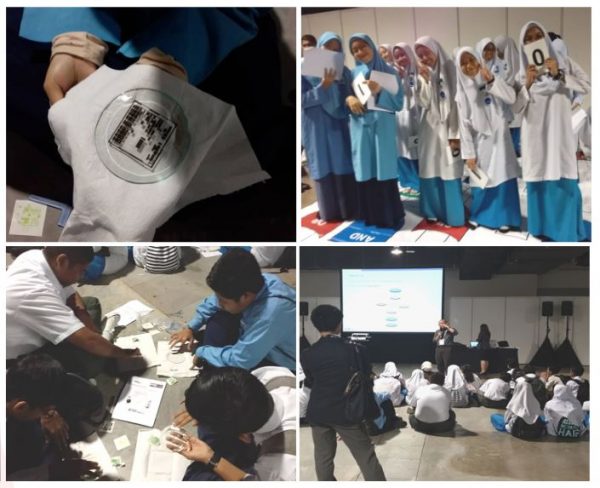MIDA Insights – Highlights

This site
is mobile
responsive

Malaysia’s industrialisation has shifted from job creation to becoming a developed nation by 2020. From 2006 to 2018, the government has approved more than 64,000 projects in various economic sectors with investment valued at RM2.2 trillion. These projects have created over 2 million job opportunities. Today, Malaysia has become one of the largest exporters in semiconductor devices, palm oil and furniture, and home to more than 5,000 multinational corporations.
Pro-business government and cultural diversity are among the critical factors in making Malaysia an attractive investment destination in Asia.
In realising that human capital is one of the essential components for the industry, the government rolled out the first National Science and Technology Enrolment Policy of 60:40 since the 1970’s, which highlights the target in having 60% of students focusing on science and 40% enrolling in arts.
To date, over 1,400 technical and vocational colleges (TVET) have been established under different ministries to support the development of the industry in Malaysia. The government in its National Workforce Human Capital Blueprint has forecasted that Malaysia requires 35% skilled workforce by 2020.
Despite the government’s intense efforts in encouraging higher participation in TVET, students in the country still prefer academic courses rather than technical or vocational streams. To reduce the mismatch between the academia and industry, some education and training centres offer short courses to equip the students with the necessary skills required by the industry.
The Apprenticeship Programme introduced by the Malaysian Investment Development Authority (MIDA) is an example of a government-industry-academia initiative to address the shortage of technical skills. The Programme is a trilateral partnership between MIDA, the Federation of Malaysian Manufacturers (FMM) and the Ministry of Education (MOE). Under the National Dual Apprentice System (NDAS), Human Resource Development Fund bears the course fees of up to RM10,000 per student. The participating company are allowed to utilise its HRDF contribution to pay for the difference.
This is a two-year initiative where 16-year-old students are placed at a vocational college for six months to undergo academic and vocational courses and another six months of practical training in participating companies for two consecutive years. At the end of the programme, the students sit for the Sijil Pelajaran Malaysia (SPM) examination – only for selected subjects. Eventually, the students will receive both SPM and Sijil Kemahiran Malaysia 3 (SKM3) certificates. The participating company will have the first option in hiring the students.

The government is now promoting Industry4WRD towards achieving Industry 4.0, where it is billed as a looming technological event that would change the landscape of the industry globally. However, it may not be fully realised without the presence of a highly skilled workforce and multi-talented TVET graduates.
The Industry4WRD introduces connectivity between machines, allowing more advanced automation where companies can run their operations with less human error. Skills required by this new technology are different from what is offered at the current school system. According to the World Economic Forum, an estimated 65% of kids enrolling in primary education today will end up working in jobs that have not been created yet. Essential skills like programming and coding are to be taught in schools to prepare the students for future Science, Technology, Engineering and Mathematics (STEM) careers. Computational thinking, such as problem-solving, abstract thinking, logical and skilled critical thinking, forms an essential part in the Industry 4.0 era.
In view of this, Malaysia, alongside Singapore, Japan and South Korea are preparing the new generation with the necessary skill sets for future jobs. Launched in 2016, Education Blueprint 2013-2025 (Pre-school to Post-Secondary Education) has established a roadmap for strengthening the STEM’s delivery processes across the education system. In 2016 and 2017 respectively, a new subject of the necessary coding has been introduced to the total of 9,000 year six students in the selected government’s schools across the country.
They have been exposed to basic programming; web development using HTML, CSS and JavaScript as well as application’s development using LiveCode. Apart from that, students will also be taught to learn HTML5, CSS3 and JQuery Mobile.
From 2020 onwards, algorithms (pseudocode and flow chart) will be included in the Design and Technology subject for senior primary school students (aged 10 – 12 years). Students will learn and be able to develop a simple to more complicated programming. In introducing the robotic and artificial intelligence, Basic Computer Science and Computer Science subjects will be taught for lower and upper secondary school, respectively. They are required to program softwares such as Arduino and Micro Bit, as well as learning to use Scratch, a freeware for coding and other resources.
